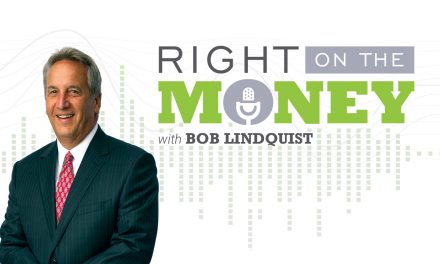The history of Social Security has several backdrops to it, the Great Depression and World War II. But the idea of a state-run pension system was originally developed in Wihelmine Germany in 1889 during the reign of Otto von Bismarck. Franklin Delano Roosevelt introduced Social Security in 1935 in response to increasing longevity and the hardships of the Great Depression on the average American. It was developed as insurance program, not a welfare entitlement.
During the early concept of Social Security, a debate over whether it should be an entitlement or insurance raged within FDR’s own cabinet. Secretary of Labor Frances Perkins—one of the first women to serve on a Presidential cabinet—recommended an entitlement concept, but Secretary of the Treasury Henry Morgenthau argued for an insurance program. In the end, FDR, a Democrat, opted for the insurance program. Tax collection started in 1942 and benefits began that same year—but it didn’t end there.
The final disposition of Social Security was presented to the Supreme Court, who ruled the government had the power to tax and payments to the elderly were a matter of national welfare of its citizens. Ida May Fuller worked for three years after Social Security was implemented. The accumulated taxes on her salary during that time were $24.75. She received a monthly check of $22.54 when she turned age 65. During Ida’s lifetime, her accumulated Social Security Benefits totaled $22,888.92 and she died at age 100.
Social Security is a pay-as-you-go plan. The government collects taxes from the current working generation and uses them to pay benefits to the current retired generation, which works fine if the working population is always bigger than the retired population.
In 1945, there were 41.9 workers to 1 retiree. Today, there are only 2.8 workers to 1 retiree. By 2033, there will be 2.1 workers for each beneficiary1—and there’s the conundrum. But complicating problem even further is ever increasing longevity. In1983, Social Security amended the full retirement age from age 65 to age 67 depending upon your birthday. But today, the politicians are already discussing extended the full retirement age, perhaps to age 70.
Don’t look to Washington to do anything during an election year. As President Eisenhower once said, “Should any political party attempt to abolish Social Security, unemployment insurance and eliminate labor laws and farm programs, you would not hear of that party again in our political history.”
1 Social Security Administration, 2013
Syndicated financial columnist and talk show host Steve Savant interviews Tom Hegna, popular platform speaker; best selling author and retirement expert. Tom hosted the PBS Television Special “Don’t Worry Retire Happy.” The television special was designed after Tom’s latest book, “Don’t Worry Retire Happy.” Tom’s first book, “Playchecks and Paychecks” drew critical acclaim from financial advisers and insurance professionals. Right on the Money is a weekly one hour financial talk show for consumers (www.rightonthemoneyshow.com) and is underwritten by CreativeOne, Inc.





